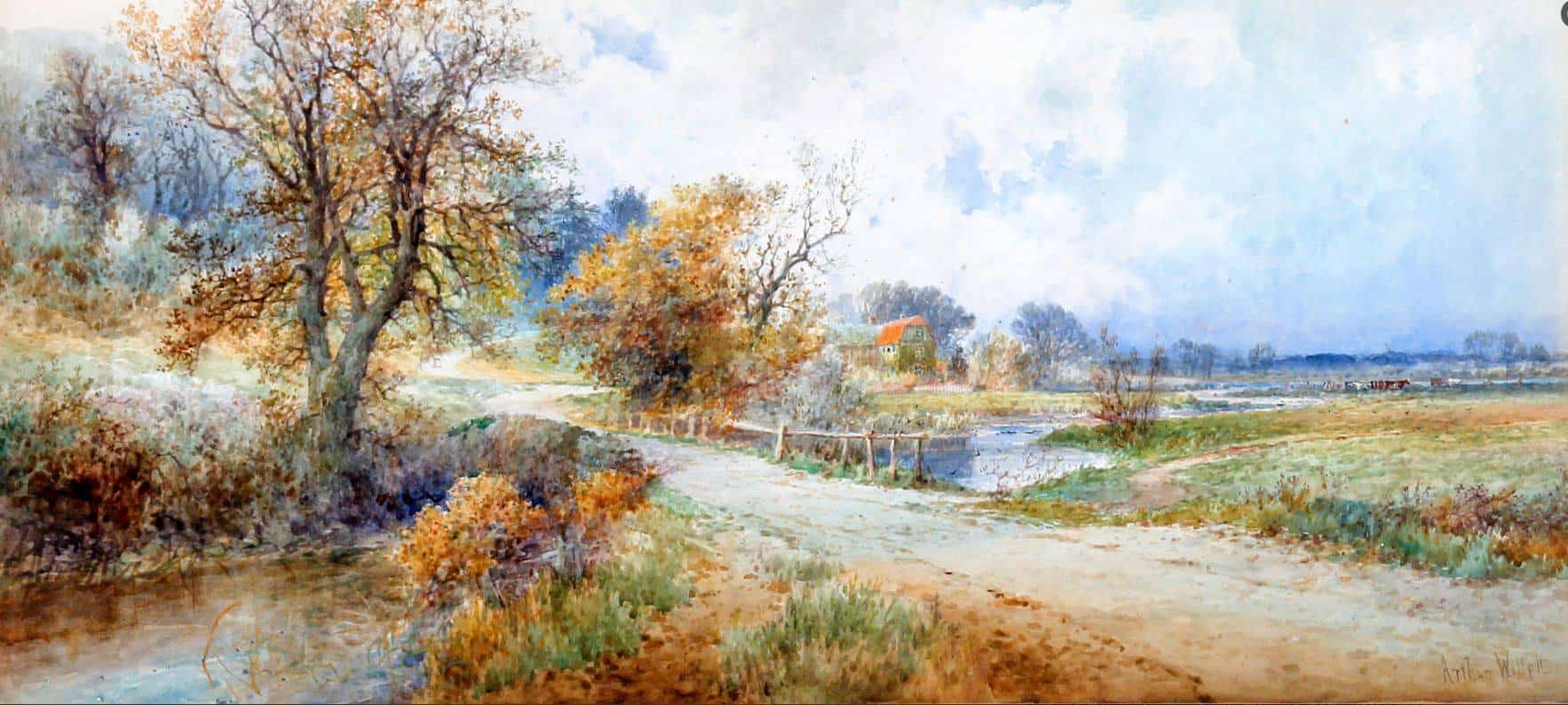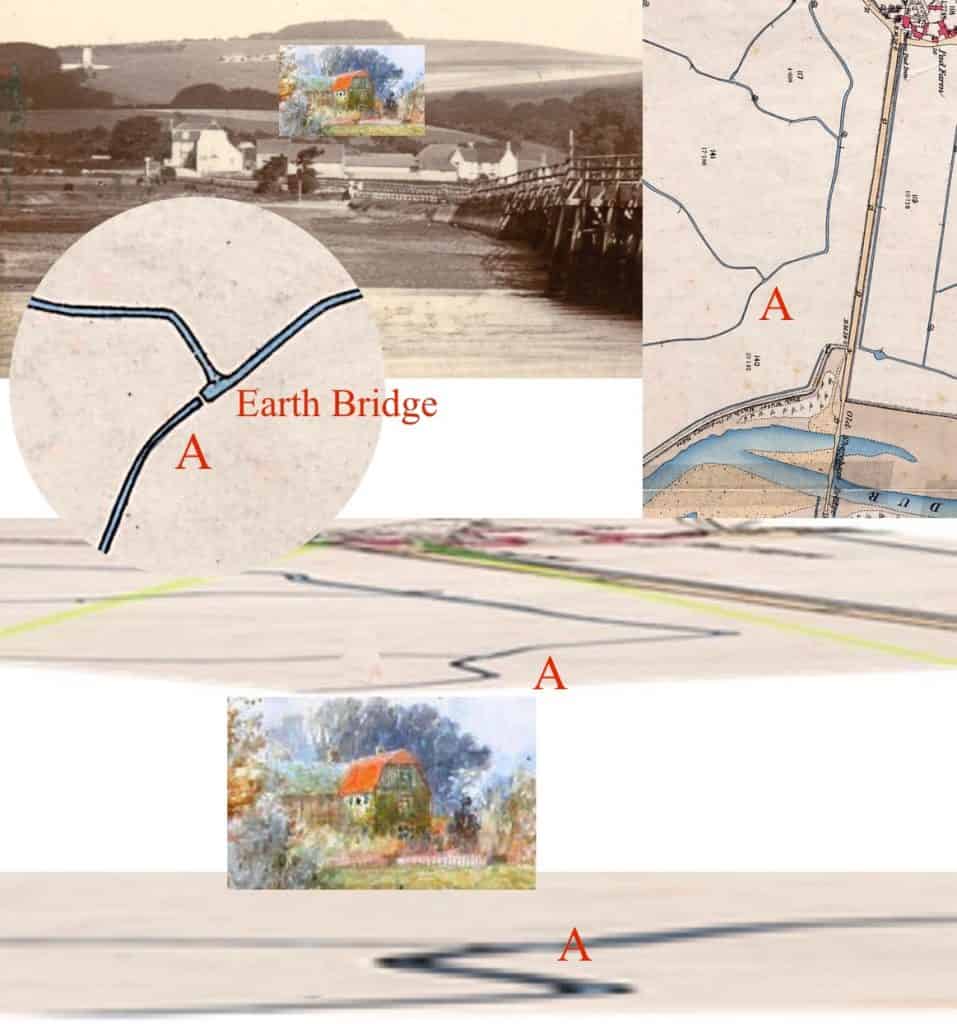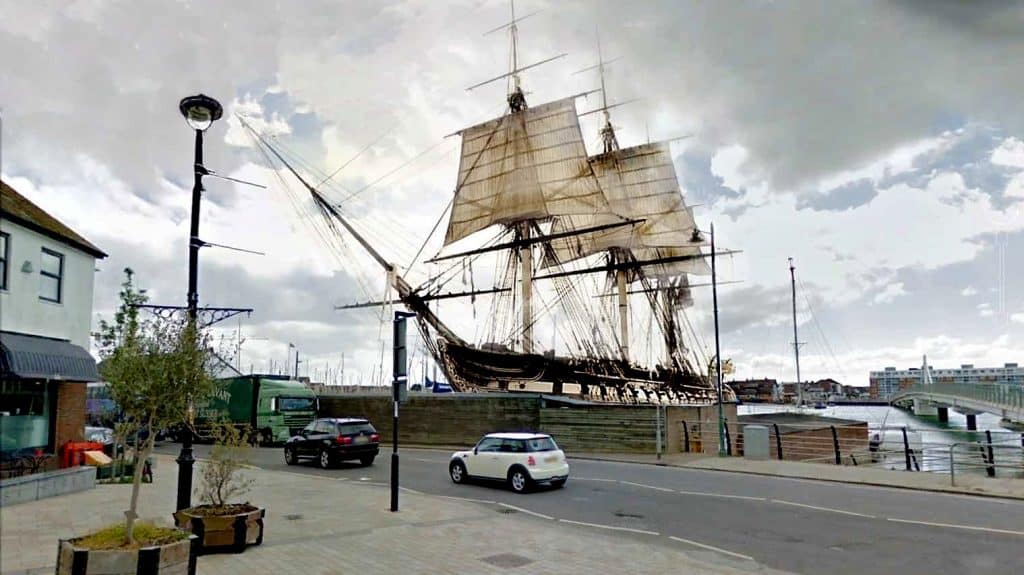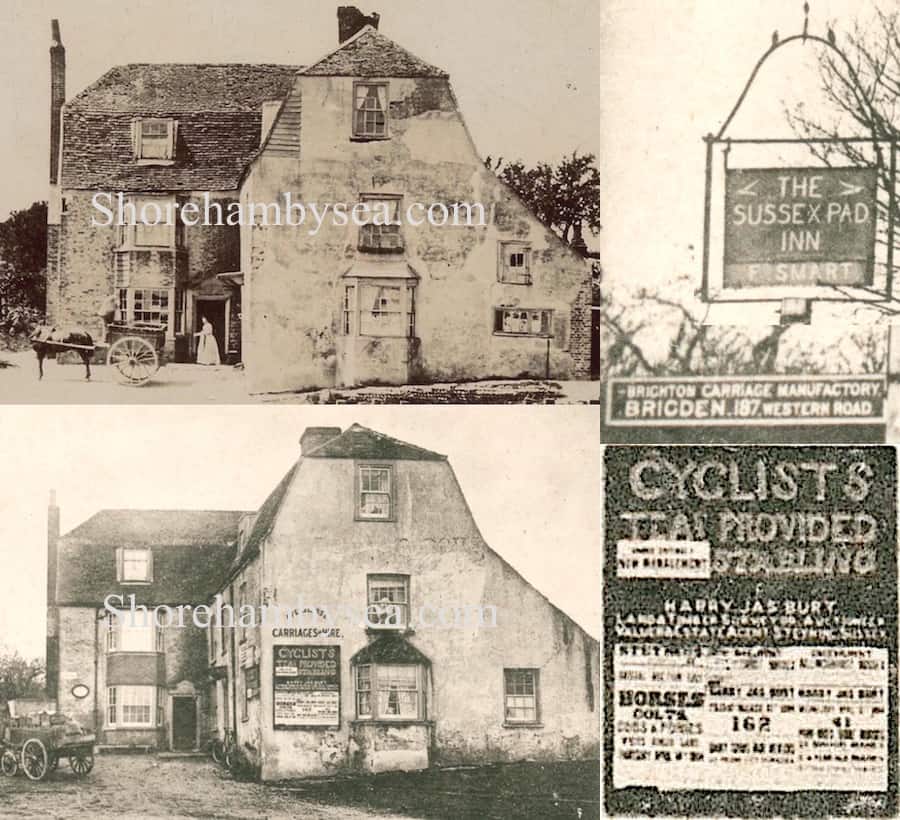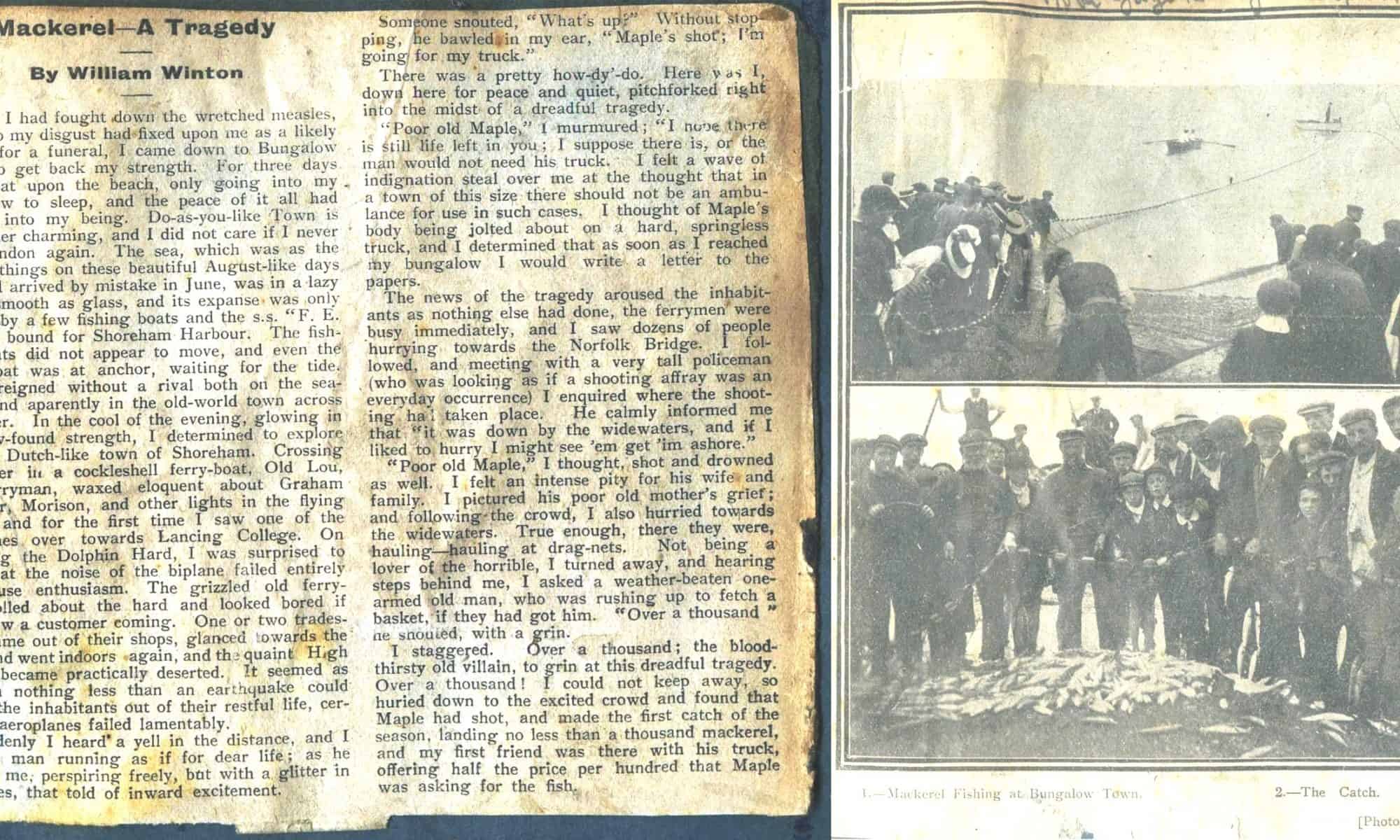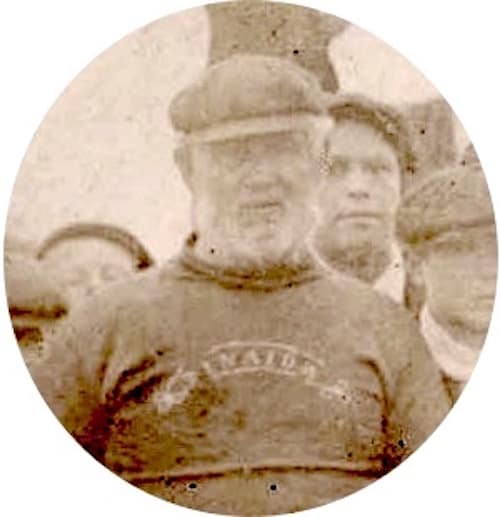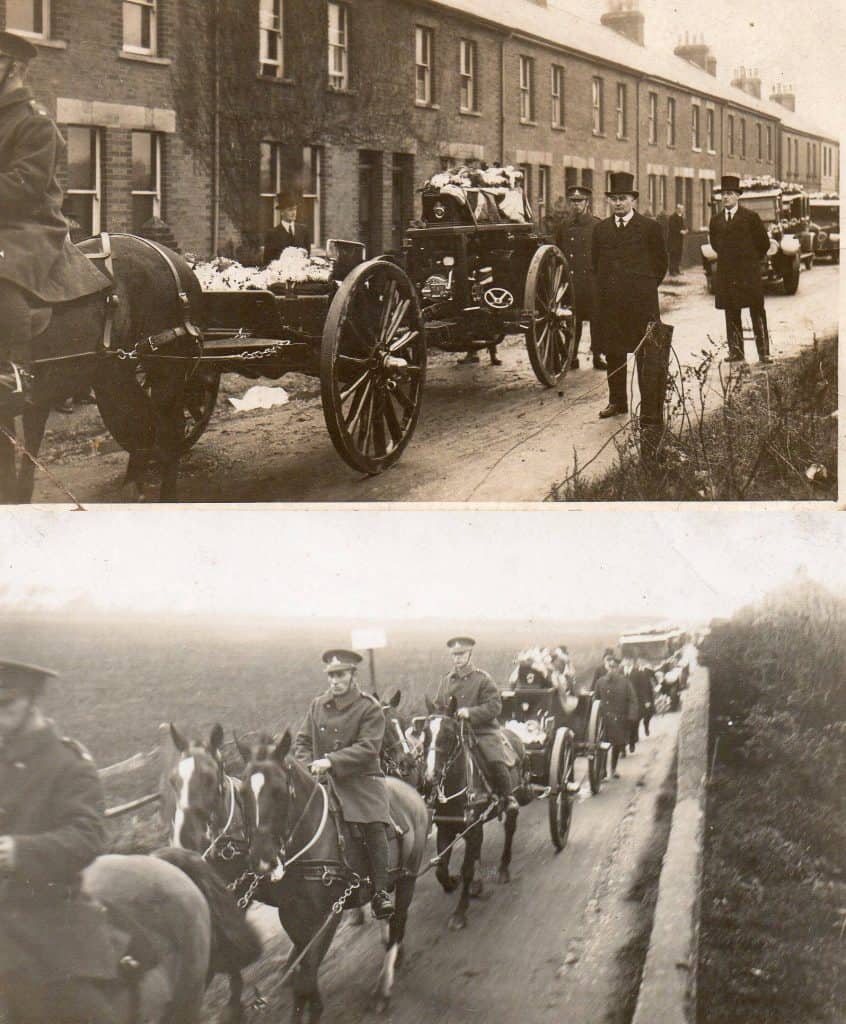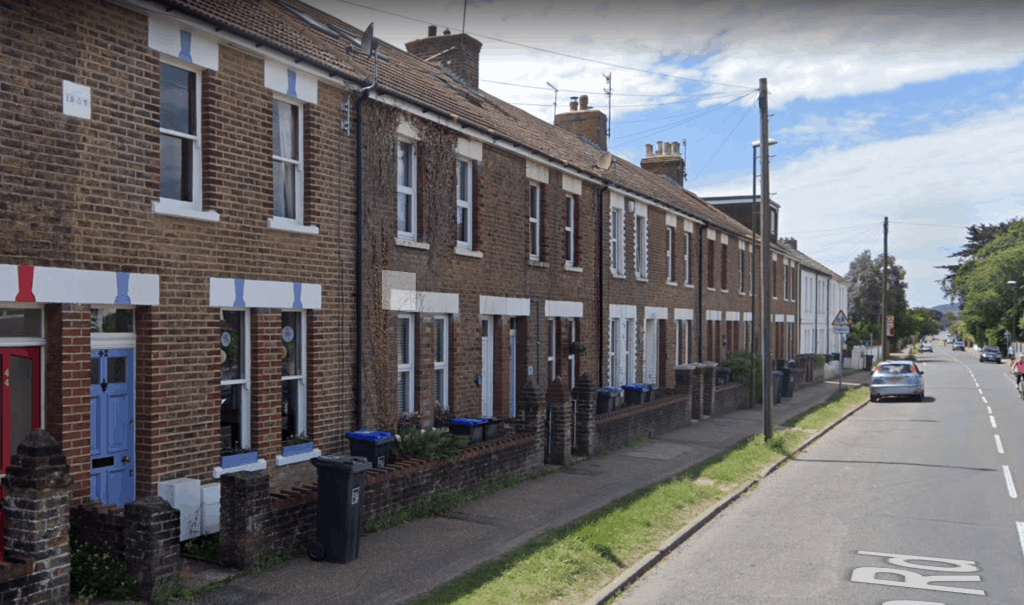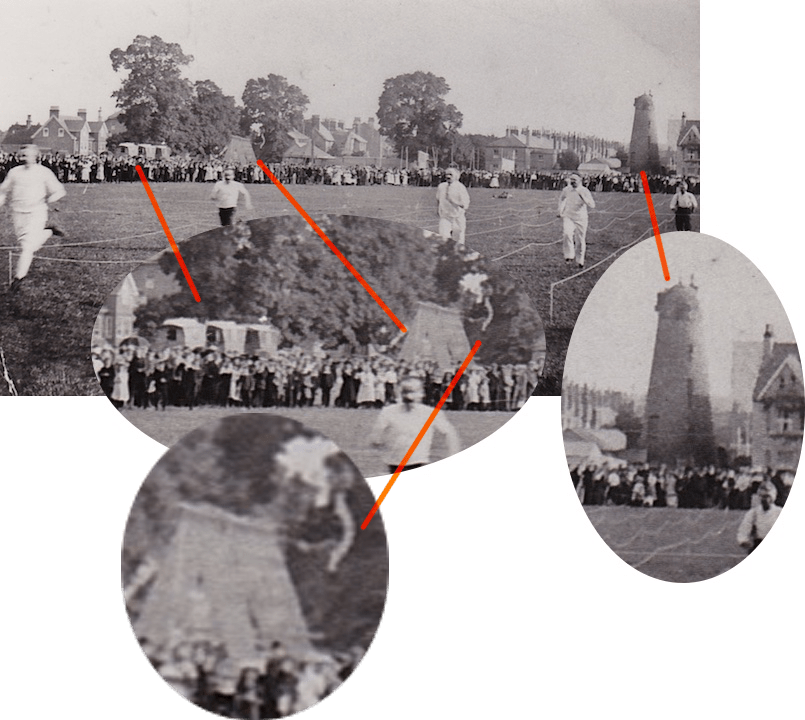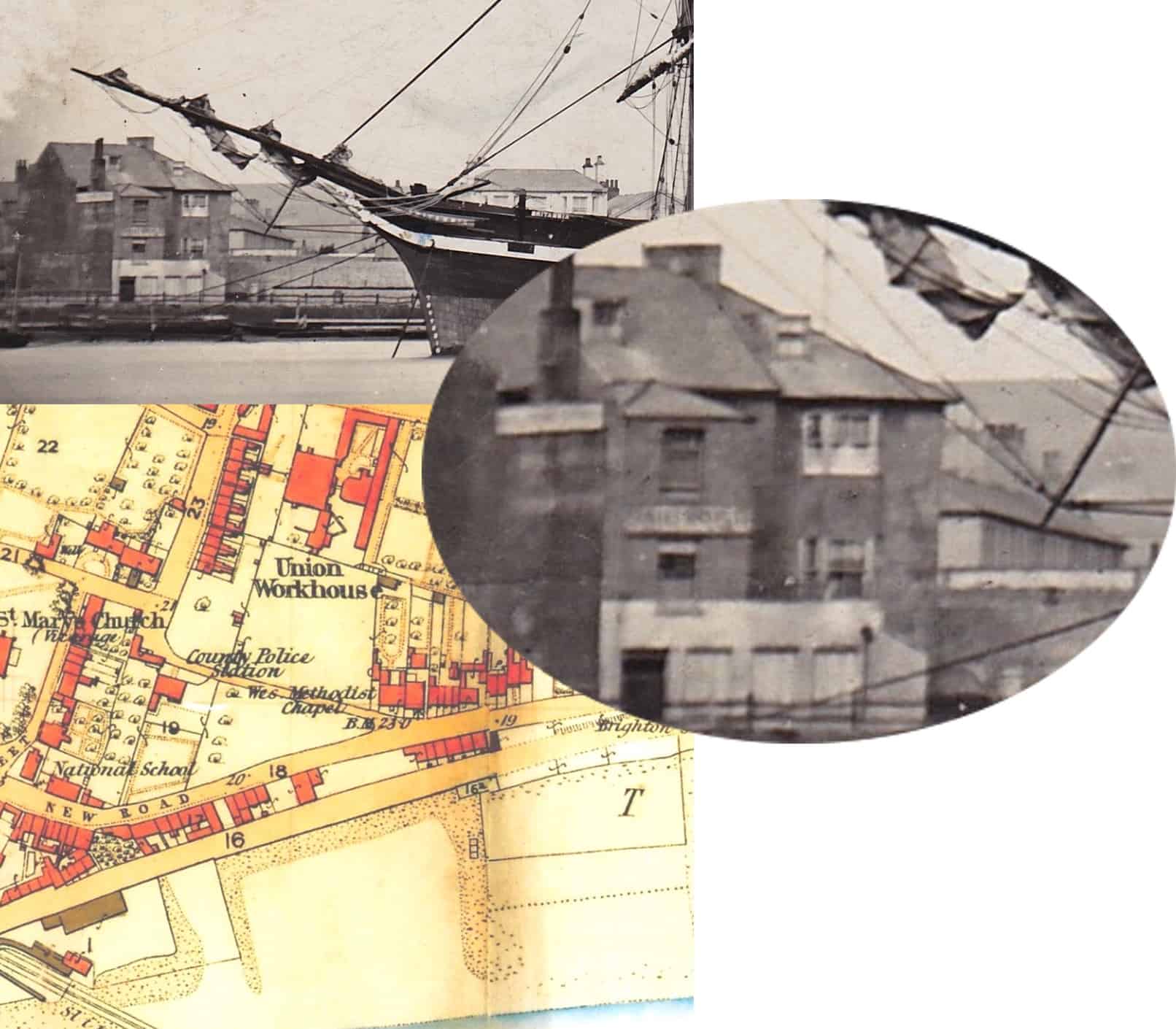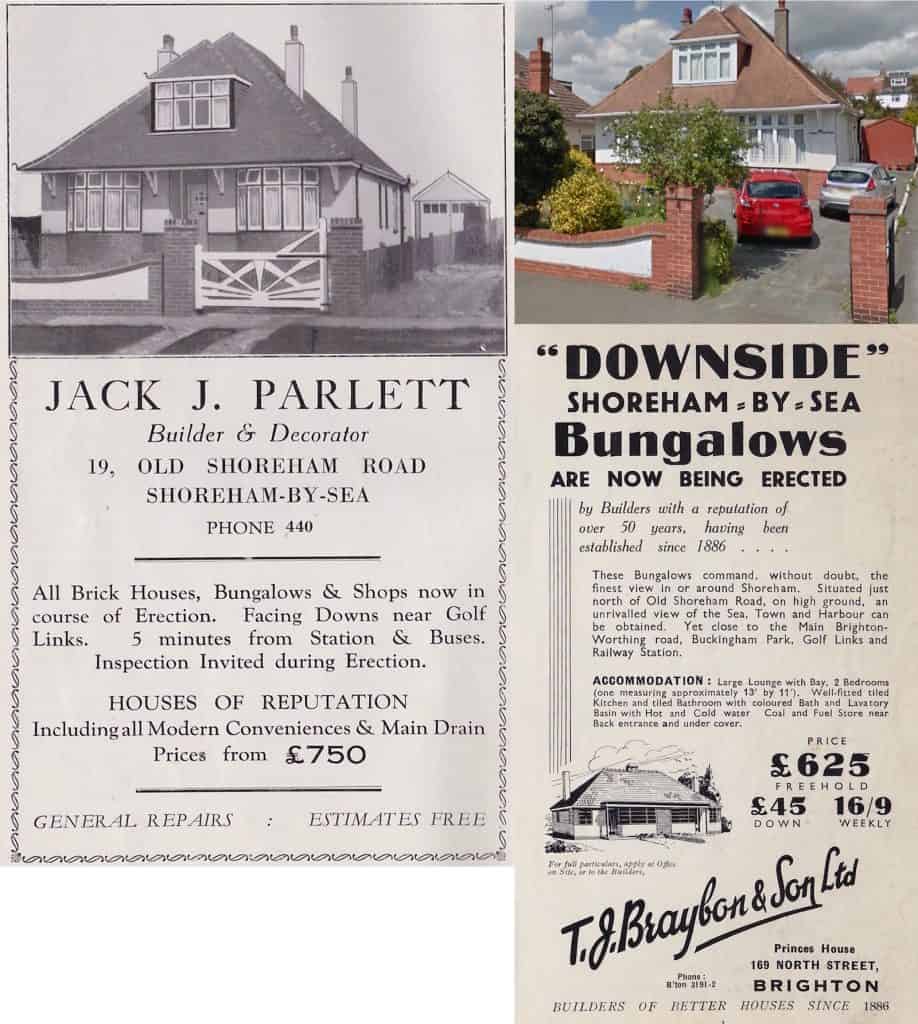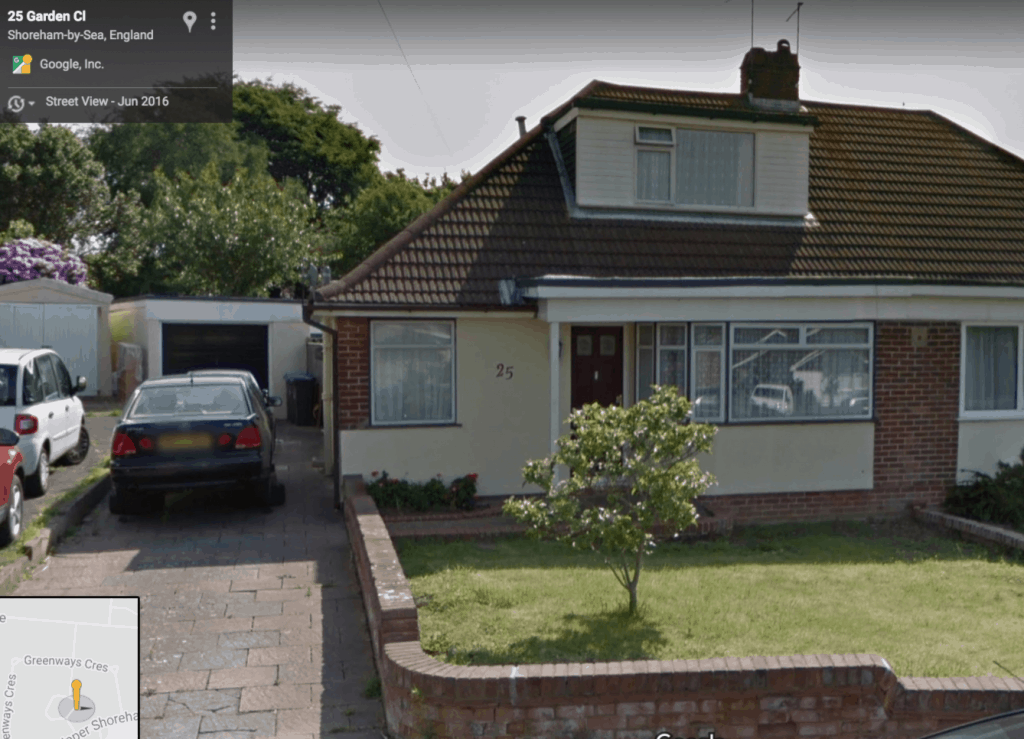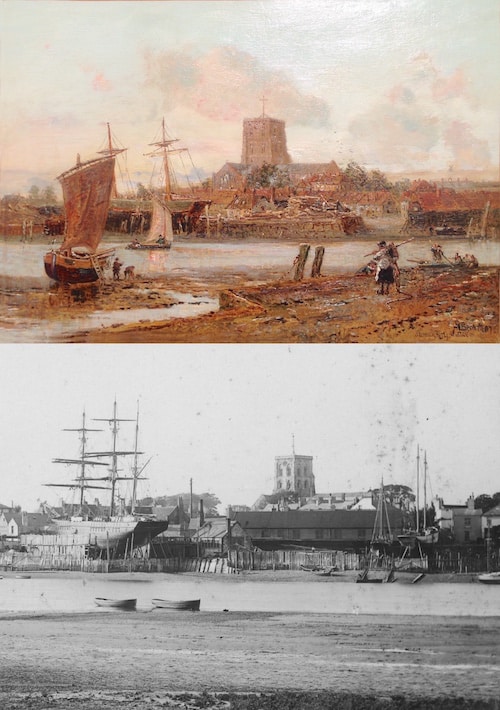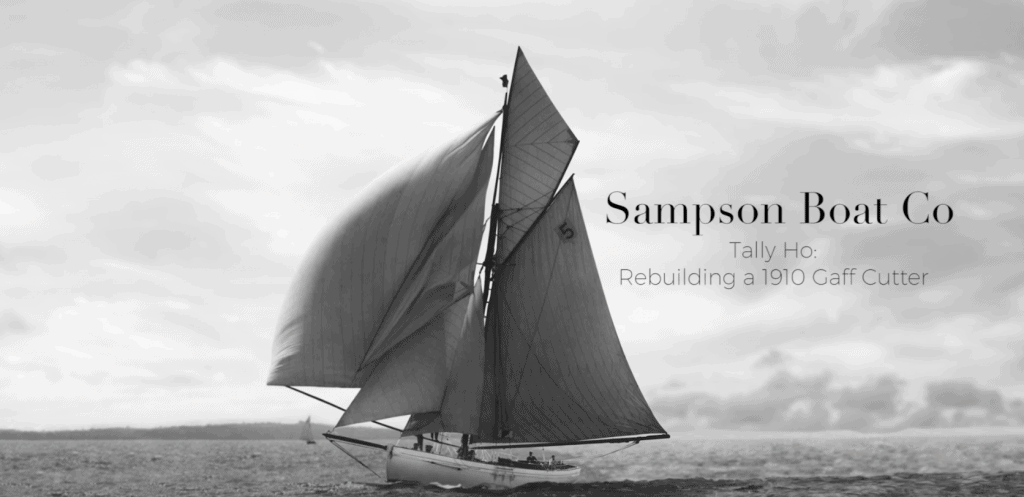
Two years ago an enquiry came into the Shoreham Forum for permission to use photographs of Stow and Sons shipbuilding yard. The enquirer was rebuilding Tally Ho, originally built at Shoreham in 1910.
It you have an hour or two then there is a delightful set of videos documenting the progress on the build. You can find out more about the history of Stow and Sons here: http://www.shorehambysea.com/stow-suter-yachts/



